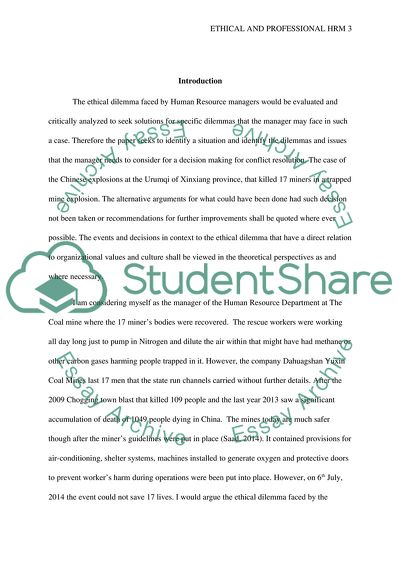Cite this document
(Problem-based learning exercies - Ethical and professional HRM Essay, n.d.)
Problem-based learning exercies - Ethical and professional HRM Essay. https://studentshare.org/human-resources/1866427-problem-based-learning-exercies-ethical-and-professional-hrm
Problem-based learning exercies - Ethical and professional HRM Essay. https://studentshare.org/human-resources/1866427-problem-based-learning-exercies-ethical-and-professional-hrm
(Problem-Based Learning Exercies - Ethical and Professional HRM Essay)
Problem-Based Learning Exercies - Ethical and Professional HRM Essay. https://studentshare.org/human-resources/1866427-problem-based-learning-exercies-ethical-and-professional-hrm.
Problem-Based Learning Exercies - Ethical and Professional HRM Essay. https://studentshare.org/human-resources/1866427-problem-based-learning-exercies-ethical-and-professional-hrm.
“Problem-Based Learning Exercies - Ethical and Professional HRM Essay”. https://studentshare.org/human-resources/1866427-problem-based-learning-exercies-ethical-and-professional-hrm.


